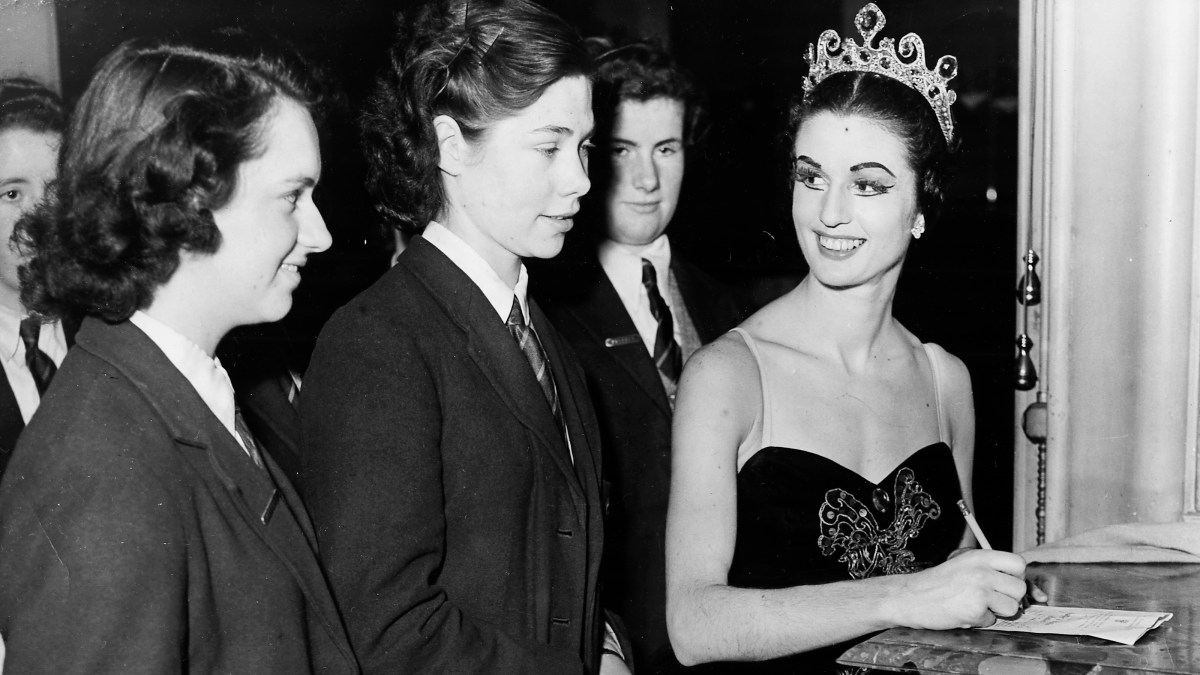Rowena Jackson, New Zealand's first prima ballerina, lived a life as extraordinary as her dancing. Born in 1926, her journey began in Invercargill, a small city on the southern tip of New Zealand's South Island, where ballet was a rare sight. It was only after moving to Dunedin, where she was encouraged to dance to recover from bronchitis, that her talent truly blossomed. At the age of ten, Jackson was already performing pirouettes with astonishing agility, impressing those around her with her incredible flexibility.
Her exceptional talent led her to Epsom Girls Grammar School in Auckland, where at the tender age of 12, she performed for Anton Dolin and Irina Baronova of the renowned Ballet Russe. Dolin, recognizing her potential, promised to help her find fame in Europe. However, the outbreak of the Second World War thwarted her plans, forcing her to pursue her dance studies in Melbourne and Sydney instead.
In 1941, Jackson was awarded the first Royal Academy of Dance scholarship in New Zealand, a testament to her dedication and skill. Despite the challenges, she continued to hone her craft, even working in a photography studio to supplement her income. Finally, in 1946, Jackson embarked for London, travelling on the same ship as Sir Keith Holyoake, the then New Zealand Prime Minister.
Upon arrival in London, she joined Sadler's Wells Ballet as a probationary student, winning the prestigious Adeline Genée International Ballet Competition in 1947. However, her progress was slow and, despite her talent, she remained largely within the corps de ballet for several years.
A defining moment arrived during a performance of Frederick Ashton's *Les Patineurs
when, due to the lead dancer's illness, Jackson was thrust onto the stage with little rehearsal. She stepped up flawlessly, showcasing her exceptional ability and earning the praise of Ninette de Valois, the company director. This pivotal moment marked the beginning of her rise to prominence.
In 1951, Jackson was given the opportunity to dance the entire *Swan Lake
at a day's notice, following the illness of another dancer. Her performance was met with critical acclaim, solidifying her place as a talented and reliable performer. She became a regular soloist, renowned for her "lightning attack, pronounced physical control and brilliant timing" as noted by *The Times* in 1956.
Jackson's talent, dedication, and resilience saw her promoted to prima ballerina in 1953, a significant achievement for a woman from a country where ballet was hardly a mainstream art form. She went on to perform in major productions, including Ashton's *Homage to the Queen*, and graced the stage with renowned dancers like Michael Somes.
In 1958, Jackson married Philip Chatfield, a fellow dancer she had met during her time in London. The couple retired from the stage that same year, returning to New Zealand, where they ran several businesses, including a coffee lounge, beauty salon, and grocery store.
Jackson remained dedicated to the art form, becoming artistic director of the New Zealand Ballet Company and, alongside her husband, co-director of the National Ballet School of New Zealand. They later relocated to Australia, continuing to teach and share their passion for dance.
Rowena Jackson, a trailblazer in the world of ballet, was an inspiration to dancers across New Zealand and beyond. Her legacy extends far beyond her extraordinary technical skills and includes a profound dedication to her craft, unwavering perseverance, and a significant contribution to the development of dance in her homeland.
Rowena Jackson MBE, prima ballerina, died on August 15, 2024, aged 98.

